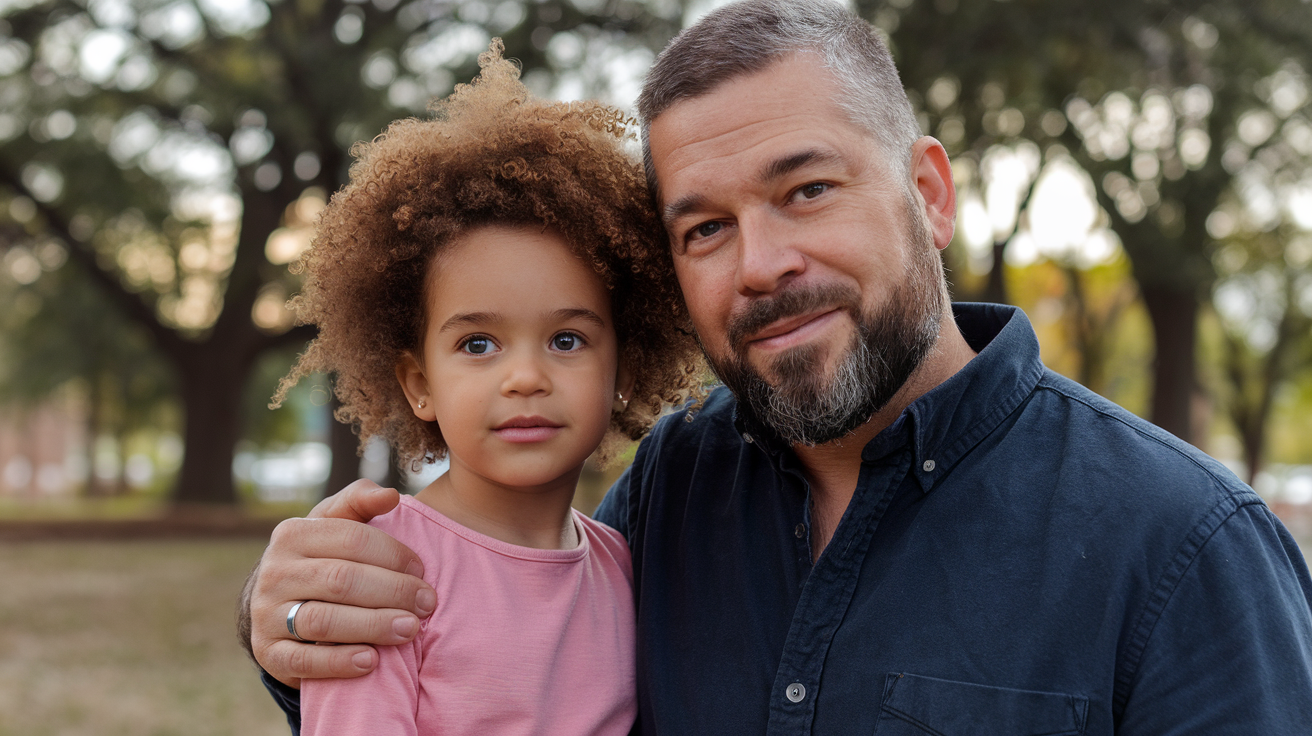Poetry Structure
Poetry has been called the music of words

There is no one right way to write a poem. Poems can be short or long, serious or funny, traditional or experimental. However, all poems share certain features, such as rhyme, meter, and stanzas. Understanding these elements can help you create your own original poems.
Affiliate Disclaimer: This content contains affiliate links. When you buy through these links, I may earn an affiliate commission.
Voice in Poetry Structure
Poetry is an ancient form of literary expression that has been used to convey emotion and tell stories for centuries. One of the most important aspects of poetry is its ability to capture and convey the voice of the poet.
Poetic Devices
This can be done through the use of poetic devices such as rhyme, meter, and repetition. It can also be conveyed through the choice of words and the overall structure of the poem.
Poetic Voice
The voice of a poem can be quiet and introspective, or it can be loud and passionate. It can be romantic or cynical, hopeful or despairing. Ultimately, the voice of a poem makes it unique and helps create an emotional connection with the reader.
Diction in Poetry Structure
Poetry has been around for ages. It is a way to express emotions and ideas in a creative and often beautiful way. One important element of poetry is diction. This refers to the choice of words that are used in a poem. Diction can have a big impact on the overall meaning and tone of a poem.
For example, a poem about love may use different language than a poem about loss. Poets carefully choose their words to create specific effects. As you read poetry, pay attention to the diction to get a better understanding of the poem as a whole.
Imagery in Poetry structure
Poetry often employs imagery to create an emotional or sensory effect. By appealing to the five senses, imagery can make a poem more concrete and understandable, as well as more powerful and vivid.
Sight is the most commonly used sense in poetry, followed by sound, touch, taste, and smell. However, all five senses can be employed to create striking images.
For example, in Robert Frost’s “The Road Not Taken,” the poet uses visual images to describe the scene: “Two roads diverged in a yellow wood/ And sorry I could not travel both.”
The use of color (yellow) and specific details (wood) creates a clear picture in the reader’s mind. In addition to sight, Frost also uses sound imagery in the line “And be one traveler, long I stood/ And looked down one as far as I could.”
The repeated alliteration of the hard “b” sound gives the impression of someone standing still and looking into the distance. Combined with the visual images, this sound imagery creates a strong impression of the scene.
Imagery is just one of the many ways that poets can create meaning in their work. By carefully choosing images that appeal to the senses, poets can create poems that are both evocative and memorable
Figures of Speech in Poetry Structure
Poetry is a type of literature that uses figurative language to communicate ideas. Figures of speech such as metaphor and simile are often used in poetry to describe an experience or object in ways that differ from literal language. Poetry can also be distinguished from other types of writing by its form or structure.
For example, a sonnet is a type of poem that consists of 14 lines of iambic pentameter. While all poems make use of figurative language, not all poems share the same form or structure. As a result, figures of speech and Poetry Structure can be used to create meaning in a poem.
5 Figures of Speech
Literal and metaphorical meanings exist in language. Literal language expresses an object’s specific nature. By comparing one item to another, figurative language develops meaning. In their writing, poets use figures of speech.
You can choose from various different sorts of figures of speech. There are five examples: simile, metaphor, personification, hyperbole, and understatement.
Simile
Poetry is often lauded for its ability to evoke emotion and create beautiful images with language. A key tool that poets use to create these effects is the simile. A simile is a figure of speech that compares two things using the words “like” or “as.”
For example, a poet might write that “her smile was like the sun.” Similes can be used to create powerful images and convey complex ideas in a concise way. In addition, similes can add variety and interest to a poem’s overall structure.
As a result, similes are an important tool for any poet looking to create beautiful and evocative poetry.
Metaphor
Poetry often relies on metaphor to create meaning. This figure of speech involves using one thing to represent another, whether it be an idea, an emotion, or a physical object. For example, a poet might write about the sun “slipping behind the clouds” to describe the onset of night.
By using this metaphor, the poet creates a visual image that helps the reader to understand the concept of darkness in a new way. Metaphors can also be used to add emotional depth to a poem.
For instance, a poet might describe love as “a rose” to convey its beauty and sweetness, or “a fire” to express its passion and intensity. Ultimately, metaphor is a powerful tool that can help poets to explore new ideas and emotions in their work.
Personification
Poetry is often seen as one of the most daunting genres of writing. However, one of the things that makes poetry so special is its ability to convey complex emotions and ideas with economy and precision.
One of the ways that poets achieve this is through personification, which is the attribution of human characteristics to inanimate objects or natural phenomena.
By giving life to the things around us, poets help us to see the world in new and unexpected ways. In addition, personification can add a sense of urgency or immediacy to a poem, as well as a touch of humor or irony.
Ultimately, personification is one of the many tools that poets use to bring their poems to life.
Hyperbole
Poetry is the Language of Love. And what could be more beautiful than expressing your love through the art of words? Poetry has a way of touching the heart like no other form of communication can. It’s as if the poet is speaking directly to your soul, telling you that you are not alone in your feelings.
Hyperbole is often used in poetry to convey the depth of emotion that is felt. When we say “I love you more than the stars in the sky,” we are not really trying to calculate how many stars there are.
We are simply trying to express the infinite nature of our love. In a world where so much is fleeting and temporary, hyperbole reminds us that some things are eternal.
So next time you want to tell someone how much you love them, don’t hold back. Let the words flow from your heart, and let hyperbole be your guide.
Understatement
Poetry is an art form that often relies on the power of understatement. By saying less than what is actually felt, poets can create an effect that is both understated and powerful.
In the hands of a skilled poet, understatement can be used to add depth and nuance to a poem, making it more than the sum of its parts. done well, understatement can be one of the most effective tools in a poet’s arsenal.
Done poorly, however, it can come across as weak and trite. As with any poetic device, the key is to use understatement judiciously and for maximum effect. When used carefully, understatement can add great beauty and emotion to a poem.
Symbolism and Allegory in Poetry Structure
Poetry is often seen as one of the most inaccessible forms of literature. However, many poets have used symbolism and allegory to make their work more accessible to a wider audience. Symbolism is the use of symbols to represent ideas or concepts.
Allegory is a type of extended metaphor in which a story is used to represent an underlying meaning. By using these literary devices, poets can communicate complex ideas in a more direct way.
In addition, symbolism and allegory can add layers of meaning to a poem, making it more rich and nuanced. As a result, these devices are essential tools for any poet who wishes to engage and connect with their audience.
Syntax in Poetry Structure
Poetry is a way of using language to express emotions, thoughts, and ideas in a creative and often concise way. One of the most important aspects of poetry is its syntax or the arrangement of words and phrases.
This can be used to create rhythm, emphasize certain words or ideas, or create a feeling or mood. Poetry can be structured in many different ways, and each poet has their own unique style.
However, all poems share the same basic building blocks: line breaks, stanzas, and rhyme schemes. By understanding and experimenting with these elements, you can start to create your own beautiful poems.
Sound in Poetry Structure
Poetry has been called the music of words. And like music, the sound of poetry is an important part of its overall effect. The way a poem sounds can contribute to its meaning, mood, and even its message.
Poets rely on sound for much of its impact, whether it’s the sound of individual words or the poem as a whole. By paying attention to the sound of poetry, we can better appreciate its beauty and power.
Rhythm and Meter in Poetry Poetry
Poetry is often lauded for its beauty and lyricism, but the form of a poem is just as important as its content. The rhythm and meter of a poem create a musicality that can enhance the meaning of the words.
By paying attention to the way a poem is structured, readers can get a deeper understanding of its message. For instance, a poem with a regular meter might convey a sense of steadiness or predictability, while a more erratic rhythm could suggest chaos or instability.
The use of rhyme can also add nuance to a poem, signaling harmony or discord, depending on how it is used. In short, the form of a poem is an integral part of its overall effect, and readers who take the time to appreciate this aspect of poetry will be rewarded with a richer experience.
Final thoughts
Poetry is often seen as one of the most free-form genres of writing, but that doesn’t mean that all poems are created equal. In fact, there is a lot of variety when it comes to poetry structure. While some poets prefer to stick to traditional formats, others like to experiment with different ways of arranging words on the page.
The important thing is that the structure of a poem should always serve a purpose. Whether it’s to create a feeling of intimacy or to convey a complex idea, the way a poem is organized can make all the difference. So next time you sit down to write a poem, don’t be afraid to try something new. After all, the best poems are often the ones that break the mold.




Leave a Reply